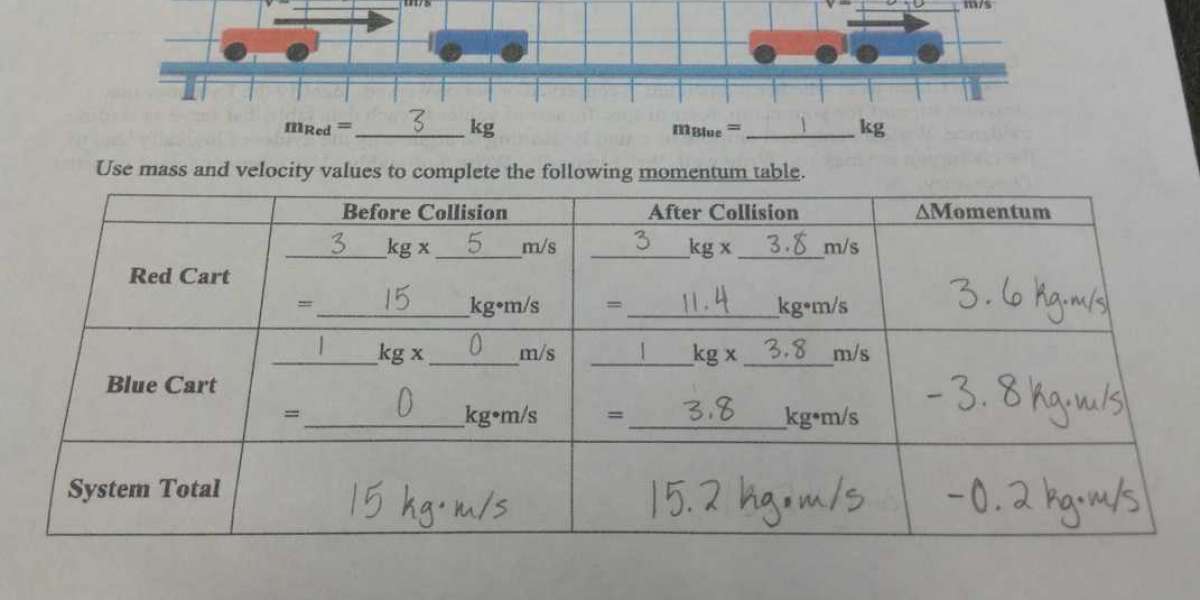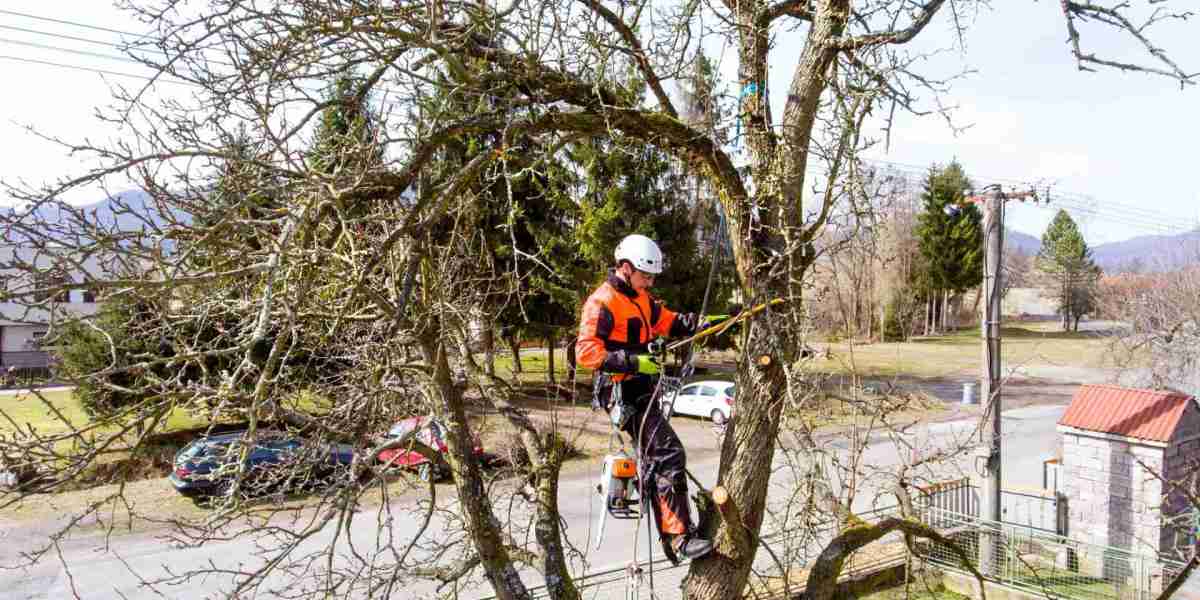In an era where sustainability and cost-effectiveness are paramount, refurbished it equipment in uk has become a popular choice for many businesses and consumers in the UK. However, navigating the regulations and standards governing the sale and use of refurbished IT equipment can be complex. This article provides a comprehensive overview of the key regulations and standards that ensure the quality, safety, and reliability of refurbished IT equipment in the UK.
Importance of Regulations and Standards
The refurbished IT market in the UK is regulated to protect consumers and ensure that the products they purchase meet certain quality and safety standards. These regulations and standards are crucial for several reasons:
- Consumer Protection: Ensuring that refurbished IT equipment is safe to use and performs as expected.
- Environmental Sustainability: Promoting the reuse and recycling of IT equipment to reduce electronic waste.
- Market Trust: Building consumer confidence in refurbished products by adhering to recognized standards.
Key Regulations and Standards
The Waste Electrical and Electronic Equipment (WEEE) Regulations
The WEEE Regulations aim to reduce the amount of electrical and electronic equipment waste and promote its reuse, recycling, and recovery. Key points include:
- Producer Responsibility: Manufacturers are responsible for financing the collection, treatment, and recycling of WEEE.
- Disposal: Proper disposal methods must be followed to prevent environmental harm.
- Recycling Targets: Set targets for the amount of electronic waste that must be recycled.
Electrical Equipment (Safety) Regulations 2016
These regulations ensure that electrical equipment, including refurbished IT products, meets stringent safety standards. Key aspects include:
- Safety Requirements: Refurbished equipment must be safe to use and constructed according to safety principles.
- CE Marking: Products must bear the CE marking, indicating conformity with European health, safety, and environmental protection standards.
- Documentation: Suppliers must provide technical documentation to demonstrate compliance with safety requirements.
The Restriction of Hazardous Substances (RoHS) Regulations
The RoHS Regulations restrict the use of certain hazardous substances in electrical and electronic equipment. For refurbished IT equipment, this means:
- Substance Limits: Compliance with limits on substances such as lead, mercury, cadmium, and hexavalent chromium.
- Testing and Certification: Ensuring refurbished products are tested and certified to meet RoHS standards.
British Standards Institution (BSI) Certification
The BSI provides certification for refurbished IT equipment, ensuring it meets British standards for quality and performance. Key certifications include:
- BS 8887-240:2011: This standard covers the remanufacturing of used IT equipment, ensuring products are restored to a high quality.
- BS 8887-211:2012: Focuses on the process of design for manufacture, assembly, disassembly, and end-of-life processing of IT equipment.
Data Protection and GDPR Compliance
Refurbished IT equipment often includes storage devices that may contain residual data. Compliance with data protection regulations is critical:
- Data Wiping: Ensuring all data is securely erased from storage devices to protect personal and sensitive information.
- GDPR Compliance: Adhering to the General Data Protection Regulation (GDPR) requirements for data security and privacy.
Best Practices for Refurbished IT Vendors
To comply with regulations and standards, vendors of refurbished IT equipment should adopt best practices, including:
Rigorous Testing and Quality Control
- Functionality Testing: Ensure all components are fully functional and meet performance standards.
- Visual Inspection: Check for any physical damage or wear that could affect performance or safety.
- Burn-In Testing: Run the equipment under load for an extended period to identify potential issues.
Transparent Documentation
- Product Information: Provide detailed information about the refurbishment process, including parts replaced and tests conducted.
- Warranty and Support: Offer warranties and support services to build consumer trust and ensure satisfaction.
Sustainable Practices
- Recycling Programs: Implement programs to recycle components and materials that cannot be reused.
- Environmental Certifications: Obtain certifications that demonstrate commitment to environmental sustainability.
Compliance with Health and Safety Standards
- Regular Audits: Conduct regular audits to ensure ongoing compliance with safety and environmental regulations.
- Training and Education: Provide training for staff on compliance requirements and best practices.
Challenges and Future Developments
While the refurbished server in uk is growing, there are challenges and future developments to consider:
Market Perception
Despite the benefits, some consumers remain wary of refurbished IT equipment. Ongoing education and marketing efforts are needed to change perceptions and highlight the advantages of refurbished products.
Technological Advancements
As technology evolves, so do the standards and regulations governing network switch. Staying up-to-date with the latest developments is essential for vendors to remain compliant and competitive.
Global Standards Harmonization
With the global nature of the IT market, there is a need for harmonized standards that ensure consistency and quality across different regions. Collaboration between regulatory bodies can help achieve this goal.
Conclusion
Regulations and standards for refurbished IT equipment in the UK are designed to ensure quality, safety, and sustainability. By adhering to these regulations and adopting best practices, vendors can provide reliable and cost-effective solutions to consumers while contributing to environmental conservation. Understanding and complying with these standards is crucial for the continued growth and success of the refurbished IT market.













